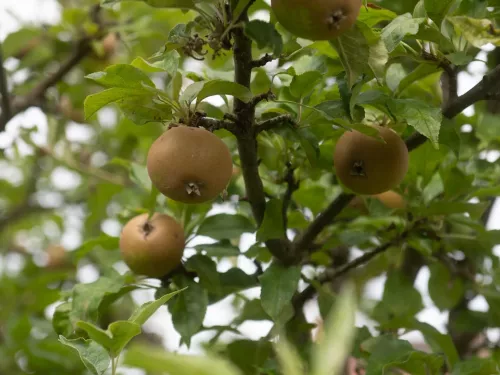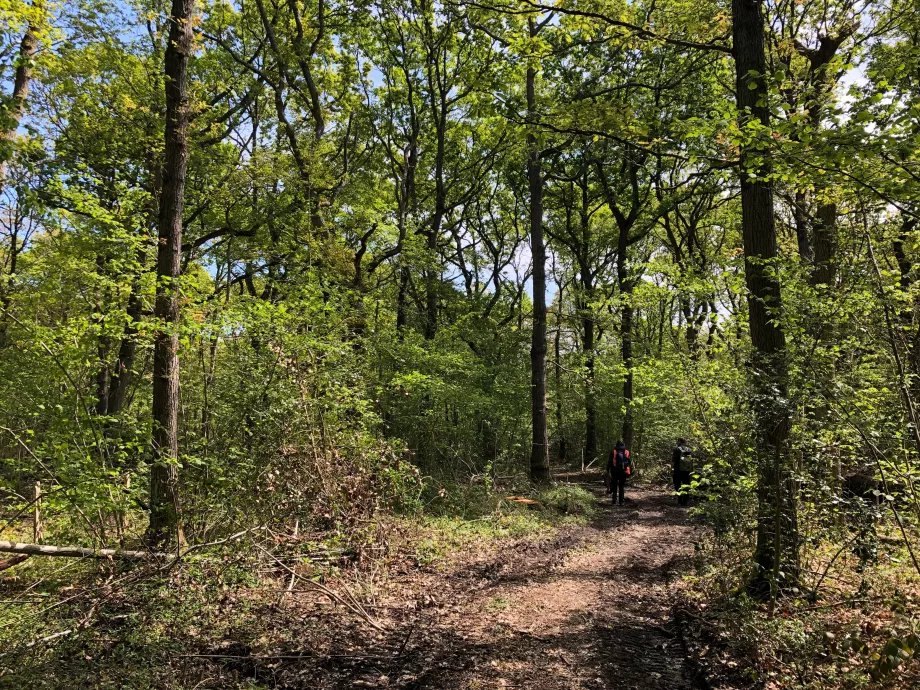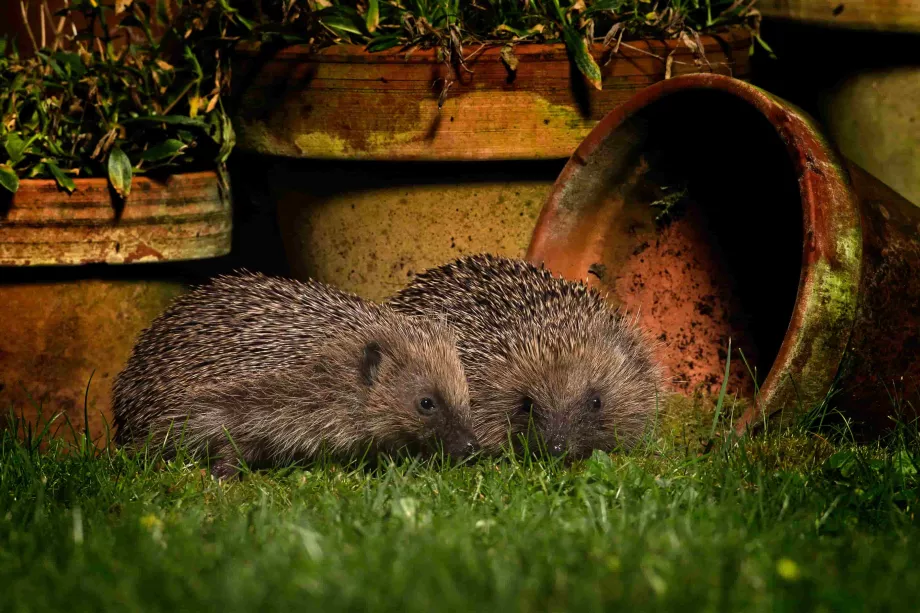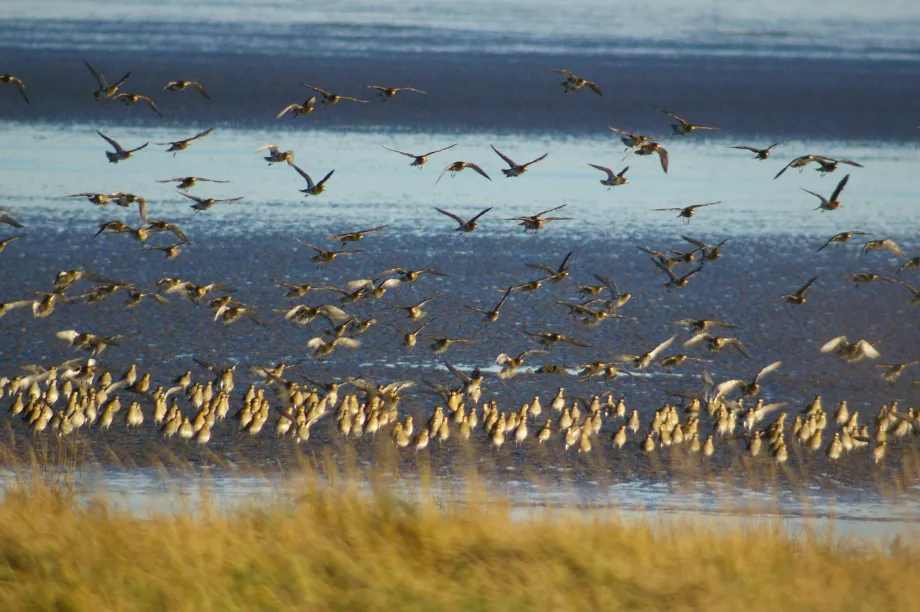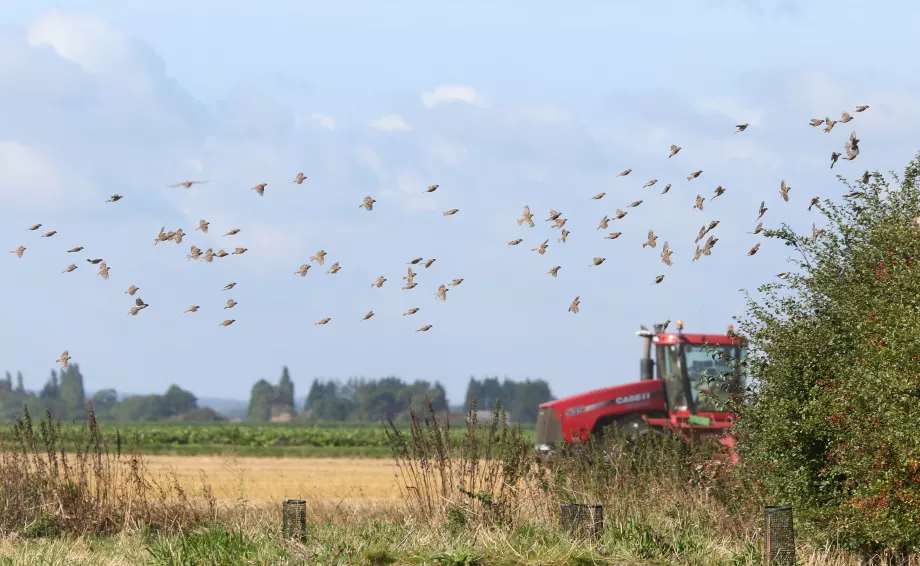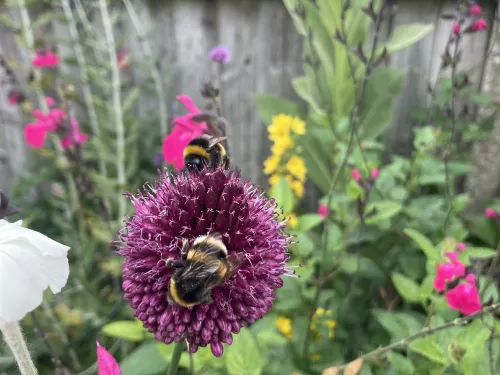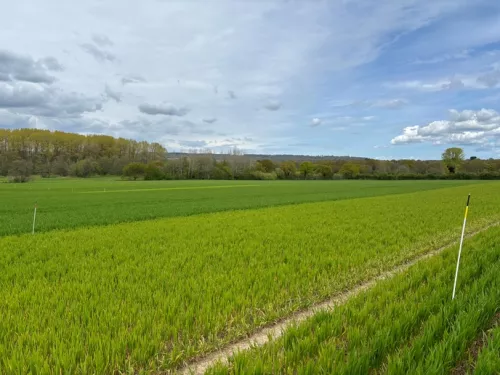31. Go chemical-free in your garden
Go chemical-free in your garden to help wildlife! Find out how to prevent slugs and insects from eating your plants with wildlife-friendly methods.
32. Compost your waste
Instead of sending your green waste to landfill, create your own compost.
33. Make a gravel garden for wildlife
Surfaced spaces needn't exclude wildlife! Gravel can often be the most wildlife-friendly solution for a particular area. Follow our wildlife gravel gardens advice here.
34. Go peat-free at home
Our homes and gardens play an important role in the fight against climate change. Help preserve vital peatland by going peat-free.
35. Make a hedge for wildlife
Hedges provide important shelter and protection for wildlife, particularly nesting birds and hibernating insects. Learn how to make a wildlife hedge here.
36. Make a seed bomb
Plant wildflowers with seed bombs!
37. Make a woodland edge for wildlife
Few of us can contemplate having a wood in our back gardens, but just a few metres is enough to establish this mini habitat! Learn more about woodland edge gardens.
38. Make a bog garden
Instead of draining, make the waterlogged or boggy bits of garden work for nature, and provide a valuable habitat. Follow our tips to bog gardening here.
39. Attract moths and bats to your garden
Plant flowers that release their scent in the evening to attract moths and, ultimately, bats looking for an insect-meal into your garden. Follow our advice here.
40. Build a bug mansion
Build your own bug mansion and attract a multitude of creepy crawlies to your garden using this guide.
41. Make a shrub garden
Woody shrubs and climbers provide food for wildlife, including berries, fruits, seeds, nuts, leaves, and nectar-rich flowers. So why not plant a shrub garden and see who comes to visit?
42. Do companion planting
Grow plants that help each other! Maximise your garden for you and for wildlife using this planting technique.
43. Take part in a litter pick
Be a wildlife saviour and do a litter pick!
44. Play our wildlife lottery
Help us support the future of wildlife in the County while having the chance to win cash prizes!
45. Watch what you wash away
Some cosmetics, soaps, washing-up liquids, and cleaning products can be harmful to wildlife with long-lasting effects. Find out more about how to help here.
46. Take part in a beach clean
Do your bit for nature and go on a beach clean!
47. Host an eco-celebration
Have a fun-filled celebration without the negative impact on the environment.
48. Record a wildlife sighting
It is only through recording wildlife that we can see when changes happen in our environment, whether this occurs in our towns or the countryside. Learn what information is needed to make a good record.
49. Clean nest boxes and bird feeders
Nestboxes can harbour parasites, so it is good practice to take them down at the end of the season and give them a clean. Likewise, it is important to keep bird feeders clean to stop the spread of diseases.
50. Reduce your energy use
Energy used in buildings accounts for around 17% of total emissions. Reducing your household energy use by making efficiency savings, switching to a renewable energy supplier, or installing a heat pump will help cut this down.
51. Recycle and reuse
Recycle, upcycle - and make do and mend! Production of household waste needs to decrease by 33% by 2037 to reach emissions targets. So get out that needle and thread!
52. Check your bonfire for hedgehogs
We can all take steps to protect hedgehogs on bonfire night and beyond. Follow our 4 steps to make sure you keep hedgehogs safe.
53. Cut out palm oil
Palm oil is a cheap, efficient form of vegetable oil, but a lot of species-rich tropical habitat is being destroyed to make way for it. Find out how to cut down the use of palm oil.
54. Make a wreath for birds
With food, water, and shelter scarce over the winter months, give your garden birds a treat with an edible wreath. Follow our guide here.
55. Change what you eat
Buy local produce, eat more plant-based foods, and reduce your food miles to shrink your environmental footprint. Find out more about how you can eat more sustainably here.
